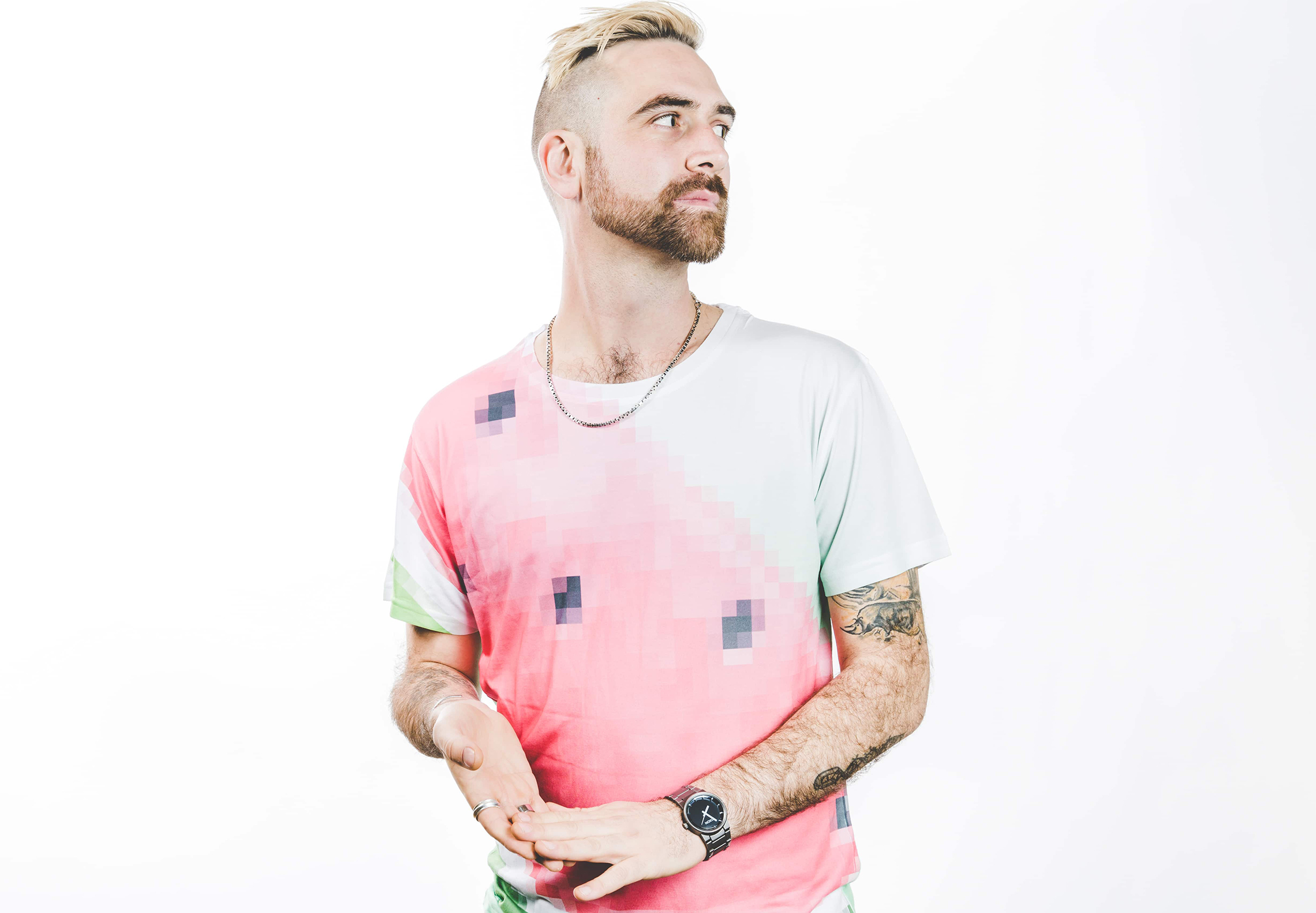Arlo Enemark: how streaming is cleaning up the tap water of culture

Photo:Sara Tansy
Arlo Enemark has spent over seven years at Xelon Entertainment, working on content, A&R and digital distribution for small labels as artists as well as established labels like Sweat It Out, Neon Records andCentral Station. TMN can exclusively reveal he’s returning to Face The Musicas a speaker for 2017 to share his tips and insights. Below is an exclusive op-ed he’s written for us on why streaming is like tap water (no really– stick with us here, it works.)
In some countries the citizens don’t drink the tap water. Perhaps the water is too hard, or not considered safe for consumption. These citizens don’t go without– they adapt and industries and careers are built around making alternative water available for the people to drink. Bottled drinking water is commonplace. It’s packaged, trucked around and sold in stores. People can then go to centralised locations and purchase drinking water to consume in their homes, their cars, at school, work, wherever. This is the way we used to consume our culture:centralised, limited access to films, music, literature, dispatched to a location remote from us, with a payment threshold on each unit.
I remember being 15 years old, when CDs were $25-30 each. I would head to a local CD store in regional NSW, 45 kilometres from home, to buy a small plastic disc, in a plastic box, with a paper booklet, wrapped in cellophane. This new disc could give me insight into the hearts and minds of culturally elite Americans or Brits. Months or years after they’d made the recordings. This was the cultural equivalent of buying a bottle of water from a shop.
Some time shortly after and during my young adult life, the tap water started to become drinkable. Music, film and literature became available at our homes on demand. Riddled with controversy, the early delivery models had no chance of survival. The infamous peer-to-peer and torrent services like Napster and The Pirate Bay offered other people’s intellectual property straight into our homes at zero cost. With a level of Robin Hood-like self-righteousness, the new model told us that art was ethereal and no one should be charging for it, anyway.
It was a very convenient mindset for some but one that saw the content creators and creative industries hit with a unique crisis that brought many of them to the verge of collapse or beyond.
So many obligations and occupations were tied up in the old model. Plants to manufacture the stock, distribution networks, warehouses, sales reps and retail workers all had their livelihoods inseparable from the old model. The resistance from these parties, as well as industry heavyweights and some high profile artists was vehement. But there was one thing the public was not going to let go of: the ability to search for the content they wanted and access it in real time, without a payment threshold.
Music was the first to really go through the change and it had to figure out, for the first time, many of the solutions that the greater industry uses now. The major record labels seemed addicted to the battle and for a while looked like they had no clear path through.
Apple saw an opportunity; with desirable lifestyle devices like the iPod and iPhone, they gave users the ability to purchase albums and singles and build a personalised collection of legitimate music that they could use at home or on the move. This suited millions of people. But they were the people who had not become accustomed to piracy.
For the years where there was nolegitimate alternative, the people that wanted to be able to search for music and access it in real time, without the added friction of a payment threshold, were unlikely to quite piracy for iTunes. So rather than converting pirates, iTunes seemed to hoover up the remaining CD customers–people whowere happy to pay for music, but now loved being able to access it from wherever they were, on release date.
It’s no coincidence that the home of The Pirate Bay also became the home of its first real legitimate alternative. The arts have long been considered a serious part of the Swedish economy and they were, seemingly, feeling the pinch. Spotify offered users an opportunity to PAYG their music. Rather than buy a lifetime license to listen to an album, users could pay a monthly subscription and the license would be transacted upon use of the music. This required some rather sophisticated mathematics, but importantly it took the payment threshold away from the product.
With a direct debit or subscription attached to a phone bill, the transaction was removed from the release and the experience of unlimited access to the world’s music was restored– but importantly, restored in a legitimated way that patronised the musicians and those who invested in music being made. This was what had appeared impossible: away to sell tap water!And not long after Netflix popularised a similar model for film and television.
Once a model was in place to legitimately access culture in a fair, transparent, simple, instant and legal way, the foibles of piracy started to glare. Inconsistent quality, vulgar levels of irrelevant advertising, pop-ups, viruses, movies that had been filmed from a cinema chair, songs with audio watermarks or incorrect (or hardcoded) subtitles, limited mobile access, vast demands for hard drive space. Piracy went from a bohemian Robin Hood, to an out-dated, shameful relic.
It’s not just this 21st century piracy that started meeting its demise. More institutionalised piracy started to become outgrown and replaced and ever since, new opportunities have started blossoming.
There are places in the world wherepiracy has been the norm for decades – large parts of Asia, the Americas, Eastern Europe and Africa where pirate discs and tapes have been the only source of music and film culture readily accessible. This has not only meant that foreign content is not being paid for, but also that local artists find it next to impossible to establish income from their original works. The change we are witnessing with the transition to the streaming model is providing a new opportunity in these territories. Bringing them on board as new markets and creating income mechanisms for local talent monetise their creations.
And it’s not only the subscription models that are making this difference. The most used music streaming service in the world today is Youtube and although the rates are generally lower than the subscription models (Youtube also offers a subscription service, Youtube Red), royalties are calculated and paid on each and every stream.
Regardless if it’s video like Stan and Netflix, premium audio like Apple Music, Tidal, Deezer and Spotify, radio alternatives like Pandora or user-generated content providers like YouTube, the streaming model seems to be a permanent solution to the upheaval our cultural content providers have faced over the last 15 years. They’re not only liberating our access to culture, but finding a viable solution for artists even when they live in countries where the tap water is still a little hard.

































